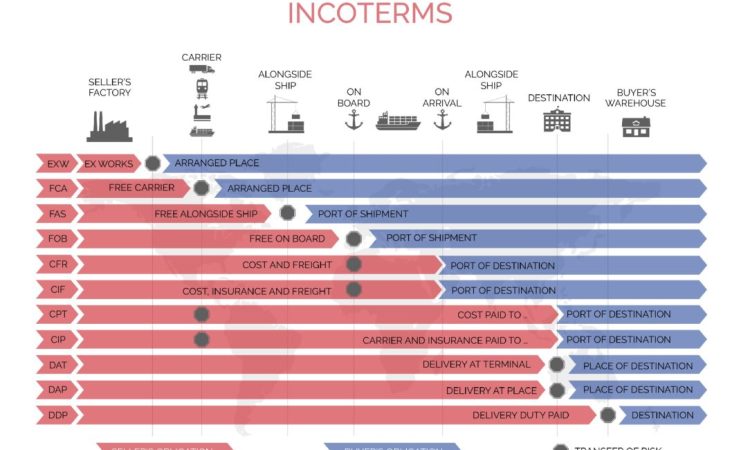Freight shipping can seem complicated, especially for those new to the industry. With a variety of terms, rules, and processes, it’s important to understand the language of shipping to ensure your goods are transported smoothly and efficiently. Whether you’re a small business owner, a logistics manager, or someone looking to ship personal goods, knowing the essential freight shipping terms will help you communicate better with carriers and avoid costly mistakes.
In this blog, we will break down some of the most common freight shipping terms, making the process easier to understand and navigate.
1. Bill of Lading (BOL)
A Bill of Lading is one of the most crucial documents in freight shipping. It serves as a contract between the shipper and carrier, outlining the specifics of the shipment, including the types of goods, quantity, and destination. It also acts as a receipt when the goods are delivered.
2. Freight Class
In Less than Truckload (LTL) shipping, freight is classified based on factors like density, stowability, handling, and liability. These factors determine the freight class, which influences the shipping rate. Understanding your freight class can help you estimate shipping costs accurately.
3. Dimensional Weight
When calculating shipping costs, carriers may use dimensional weight to account for large, lightweight items that take up significant space. This method combines the volume of a shipment with its actual weight to determine the cost.
4. Less than Truckload (LTL)
LTL shipping is used when your shipment doesn’t require a full truckload. With LTL, multiple shipments from different customers share space in one truck. This option is cost-effective for smaller shipments, as you only pay for the space your freight occupies.
5. Full Truckload (FTL)
In contrast to LTL, Full Truckload (FTL) shipping involves renting the entire truck for one shipment. This is ideal for large shipments that take up most or all of the truck’s capacity, offering faster transit times and less handling.
6. Freight Forwarder
A freight forwarder acts as a middleman between shippers and carriers. They handle logistics and coordinate shipments, often overseeing international freight transportation and ensuring compliance with customs regulations.
7. Accessorial Charges
These are additional fees for services not included in the standard shipping rate. Accessorial charges may cover things like inside delivery, liftgate service, residential delivery, or handling oversized items.
8. Customs Broker
If you’re shipping goods internationally, a customs broker is a valuable partner. They manage the paperwork, duties, and legal requirements needed to clear your goods through customs, ensuring a smooth international shipment.
9. Freight Rate
The freight rate is the cost charged by the carrier for transporting goods from one location to another. It is influenced by several factors, including weight, distance, freight class, and mode of transport.
10. Pallet
A pallet is a flat wooden or plastic platform used to stack goods for easier transportation. Palletizing your shipment makes loading, unloading, and securing the goods simpler and more efficient.
